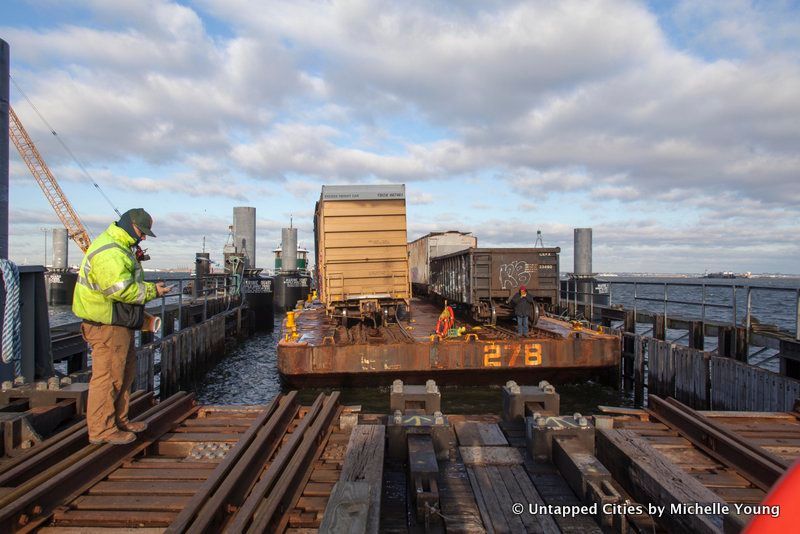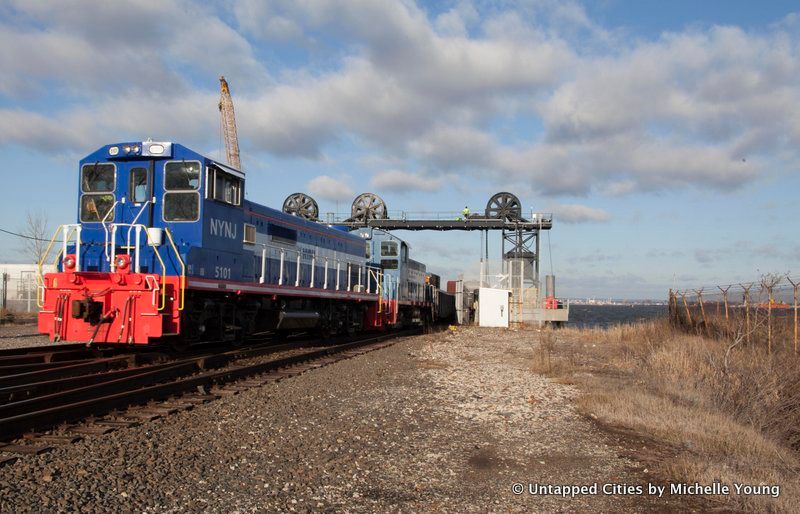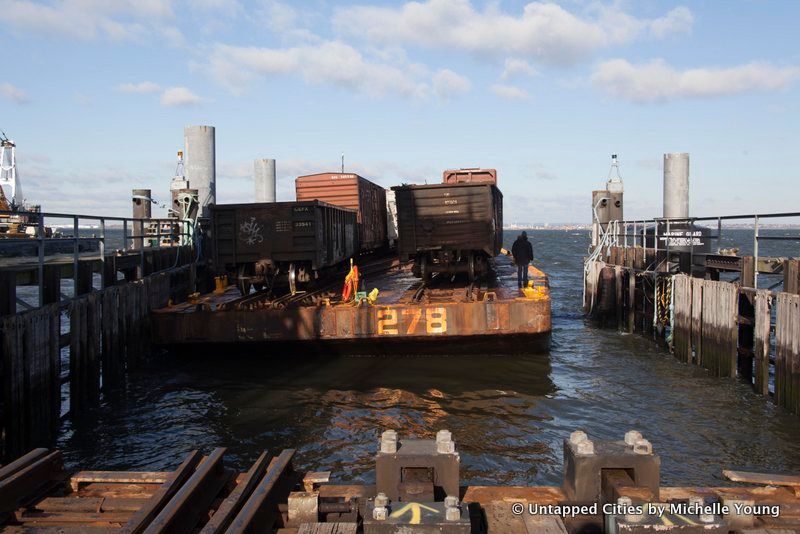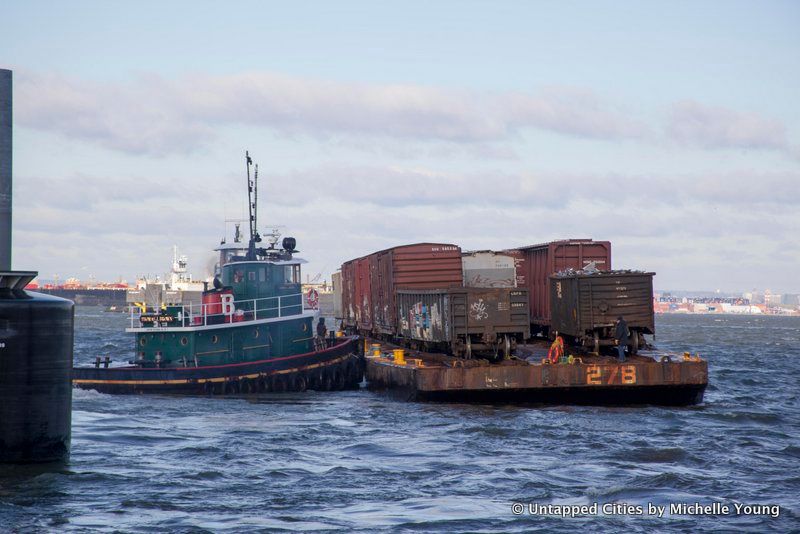100th Anniversary Great Nave Tour at the Cathedral of St. John the Divine
Celebrate the 1925 construction of the stunning nave inside the world's largest Gothic cathedral!



Unknown to most New Yorkers, a floating barge freight train plies a route between Brooklyn at the 65th Street Rail Yard and Jersey City. The line, officially known as the New York New Jersey Rail, is only four miles long but it serves as a small but growing critical link for freight in the New York region, and cements the city’s commitment to bringing industry back to the waterfront. As a demonstration of this initiative, The Port Authority of New York and New Jersey announced today the the second phase of environmental review for the Cross Harbor Freight Movement Program (CHFP), a plan to improve the transportation of goods across New York Harbor by optimizing the regional freight network and reducing traffic congestion.
A $23.7 million agreement to consultancy firm, Cross Harbor Partners will carry out an environmental impact statement (EIS) looking at two alternatives for the expansion of freight movement here in New York: the construction of a cross harbor freight tunnel under New York Harbor and the expansion of the Port Authority’s existing railcar float operation. The study will look at environmental effects, cost and benefits, and possible mitigation measures.
“We’re an anomaly. Out of the 500 railroads in the United States, the nearest one that looks like us in texture and feel is the Alaska railroad,” Donald B. Hutton, Managing Director of the New York and New Jersey Rail, told us on our visit to rail barge line last year. The Port Authority bought the floating rail line in 2008 and the NYC Economic Development Corporation rebuilt the rail yard itself, which reopened in 2012, but many different railroads and companies have operated this line in the past, including the Pennsylvania Railroad. The last iteration, the New York Cross Harbor Railroad, moved much of the country’s cocoa.

The current floats transport 14 train cars at once, an equivalent of 56 semi-trucks, on two tracks side by side, but new car floats are being built by the Port Authority that will have four tracks, accommodating 18 train cars (equivalent to 72 trucks) and providing faster unload and reload times. The expansion of the rail float operation would ultimately call for the installation of new transfer bridges, locomotives and tracks.

“With a projected 40 percent increase in freight movement by 2035, delays in goods movement will only worsen unless we begin to develop an optimum plan now that will provide the shipping and distribution industry with attractive alternatives to shipping by truck,” said Port Authority Executive Director Rick Cotton. “Our goal is to explore these alternatives and come up with cost-effective approaches to future freight movement.”
“New York City is the only major city in the world not directly connected to its country’s national freight rail network – and that is something we must address,” said Congressman Jerrold Nadler (D-NY). “For too long, New York City and the entire metropolitan region has had an over-reliance on trucks – clogging our roadways, making consumer goods more expensive and raising the cost of doing business, harming our environment, endangering our health, and creating real safety and national security vulnerabilities.”

According to Nadler, more than one billion tons of goods move through the greater New York region annually, mostly by truck. Vehicular congestion, however, adds an estimated $2.5 billion in total annual costs of delivering the products. Following the Tier II study, preliminary engineering for the recommended alternative would take place with additional funding. The review is expected to take up to three years.
Next, check out the Top 10 Secrets of the Port Authority and the Top 10 Secrets of the Brooklyn Army Terminal.
Subscribe to our newsletter